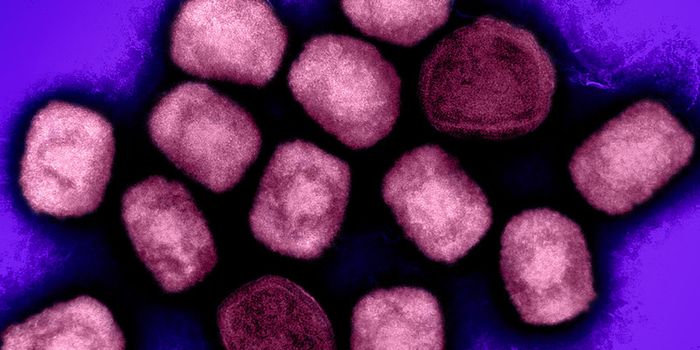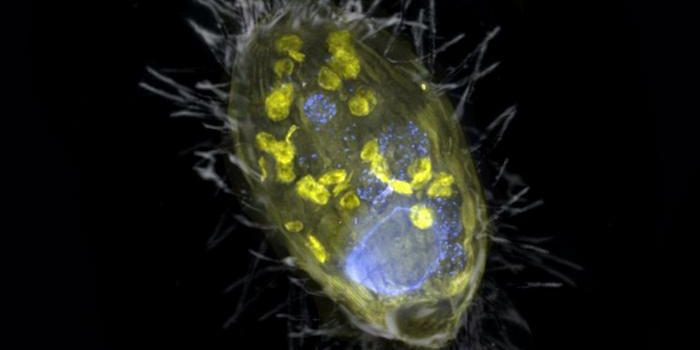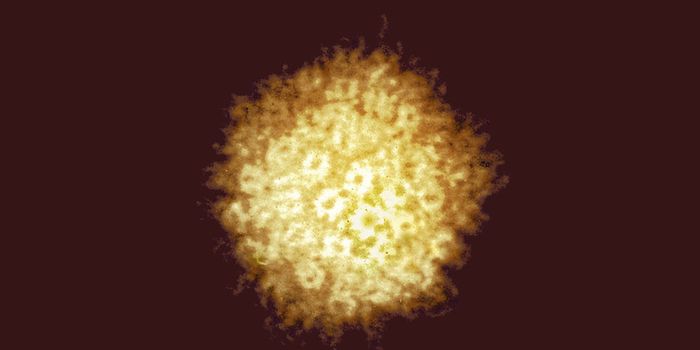New Findings May Lead to Fibromyalgia Diagnostics & Treatments
Many fibromyalgia patients spent years waiting for clinicians to acknowledge their condition, and researchers have been trying to find reliable ways to diagnose and treat the disorder. The disease, which can cause fatigue, pain, and cognitive disruption, is poorly understood. In 2019, a team of scientists linked fibromyalgia to changes in the gut microbiome. Now, these researchers have found that fibromyalgia patients carry different species and levels of gut bacteria that metabolize bile acids compared to unaffected people. The levels of bile acids in the blood of fibromyalgia patients is also different. The researchers have also shown that these changes are connected to symptom severity. The findings, which could lead to new diagnostic and treatment options, have been reported in Pain. They also affirm that the condition is real.
Human bile acids are crucial for digestion; they break down oil and fat. But they are also found in other parts of the body. In the gut, bile acids are metabolized, then retuned to the blood and liver, becoming secondary bile acids.
In this work, the researchers recruited 42 fibromyalgia patients and 42 unaffected women. Fecal and blood samples were taken to assess the gut microbiome and bile acids in circulation, respectively. Patients also completed questionnaires about their health, symptoms, and dietary intake to ensure that none of these findings could be attributed to food intake.
The scientists determined that while there were bacteria that can metabolize bile acids in both groups, the levels of various bacterial species were not the same in both groups. One particular secondary bile acid known as alpha-muricholic acid (aMCA) was also present at five times lower levels in fibromyalgia patients compared to healthy volunteers, and lower levels also tended to correlate with symptom severity.
These alterations seem to be significant enough that they can be used as a diagnostic tool, noted co-first study author Dr. Amir Minerbi, now of Rambam's Institute for Pain Medicine. "That's an important step forward, considering that diagnosing fibromyalgia is often a long process that requires eliminating other conditions that can cause similar symptoms."
Artificial intelligence was used to analyze the bile acid concentrations in the two groups, which showed that six specific secondary bile acids could predict, with greater than 90 percent accuracy, if a study volunteer had fibromyalgia.
The researchers acknowledged that the study is small, but this work has shown that there are biomarkers that can diagnose the disorder. Changes in the abundance of certain bacteria in the gut, and certain bile acids could work as fibromyalgia markers, said co-first study author Emmanuel Gonzalez, Ph.D., of McGill University.
Sources: McGill University Health Centre, Pain









